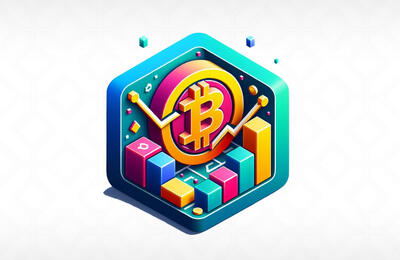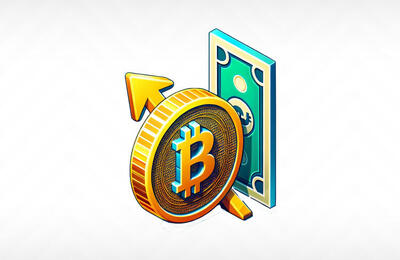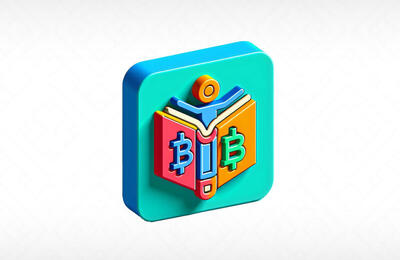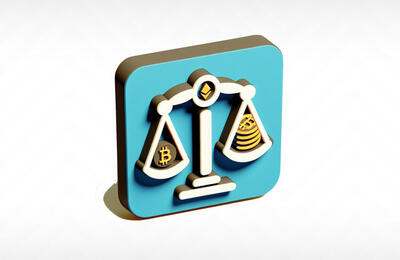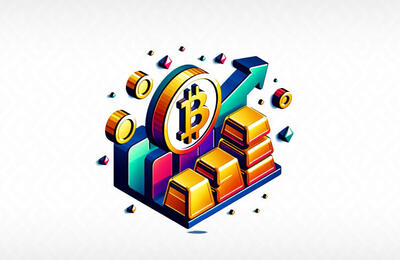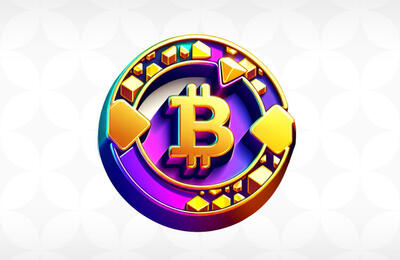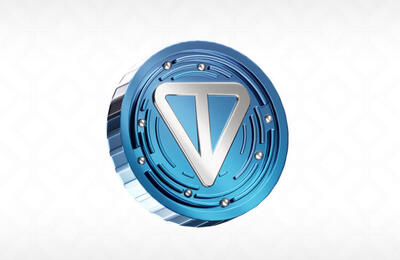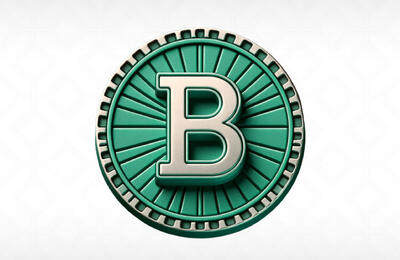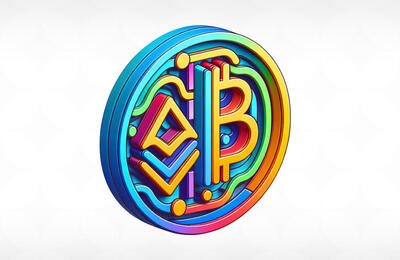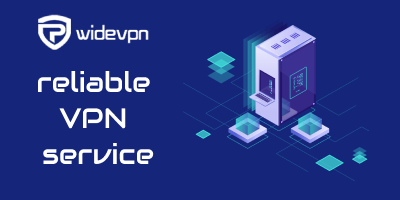
Ethereum has been around for six years. But a lot has transpired in the brief time since its inception on July 30, 2015. Ethereum has positioned itself as the most widely used public blockchain, with its indigenous token, ether, now ranking second in terms of market value and daily turnover.
We look at some of the reasons why Ethereum has inherent value as it reaches its sixth birthday.
1. Smart Contract Capability
Ethereum was created as a platform for running smart contracts and apps programmatically using its token, ether.
The Ethereum blockchain technology can perform smart contracts that decentralized power apps (DApps) like decentralized finance (DeFi) or NFTs. Thus, real-world use models are already emerging and sustaining value.
Smart contracts configured for specific and recurrent usage are known as DApps. As of June 2021, over 3,000 DApps are running on Ethereum. This is more than any other multi-purpose blockchain system in the world combined in terms of DApps distributed. According to industry tracker DappRadar, the top 10 DApps in 2020 will account for nearly 90% of all blockchain volume growth.
DeFi is an extraordinarily bullish Ethereum catalyst. Because it powers numerous cryptocurrencies in the decentralized financial sector, Ethereum is essentially synonymous with DeFi. There are almost 200,000 ERC tokens on Ethereum, some of which are among the top 100 cryptocurrencies. DeFi allows customers to trade commodities, borrow and lend money directly to each other without using banks. It also serves to unlock value flexibly – for purchases, loans, protection, and more.
2. A New Kind of Connectivity
Ethereum can be thought of as a type of infrastructure that has the potential to change both finance and computing.
DeFi can completely reshape the banking sector. Markets, governance, public services, and possibly even identity management will all be impacted by Ethereum-based apps. We may be able to use the Ethereum network to revolutionize property transfers, stockbroking, and various other sectors in the future.
Furthermore, this will occur on a network accessible to everyone, who has access to a public network.
Ethereum is a gamble on a whole new form of networking and development layer when these concepts come to life, adding to the network's value.
3. Proof-of-Stake Model
Both bitcoin and Ethereum currently use the proof-of-work agreement. Miners, incentivized to verify payments and implement smart contracts, must reach a network-wide agreement to verify and validate transactions.
Ethereum is actively working on a proof-of-stake architecture, often known as Ethereum 2.0, drastically altering the rewards structure. The existing proof-of-work methodology does not inspire collaboration and does not hold harmful activity accountable. In the proof-of-stake architecture, however, transaction examiners will play the role of miners. There will be no cryptographic difficulties to solve in the future. Validators must own ether, and to verify a block, they must put their ether stake on the line to prove that the block is genuine. In this manner, if malicious behavior occurs, their stake is jeopardized.
If Ethereum 2.0 is successful, the blockchain will be able to execute far more transactions. If Ethereum wants to play a significant role in the global banking markets while also being more ecologically responsible than proof-of-work alternatives like bitcoin, it will require this scalability.
4. Speed and Scalability
According to two primary parameters, Ethereum differs from bitcoin. Ethereum block durations are typically between 10 and 15 seconds, compared to 10 minutes for bitcoin. An ether transaction will appear in approximately five minutes, whereas bitcoin transactions take roughly 40 minutes to finish.
This is because security is Bitcoin's top concern. Because of its programming language and limited commands, it is more difficult to exploit the blockchain, but it takes longer to perform a transaction.
The planned Ethereum 2.0 upgrade will, among other features, allow for speedier transactions. The Beacon chain, which is part of that update, uses shard chains, which are tiny groupings of nodes that handle their sections of operations in parallel without requiring network-wide consensus. This is intended to improve Ethereum's sustainability and transaction rate significantly. The Ethereum 2.0 throughput rate is predicted to exceed 15,000 operations per second, enabling Ethereum to rival the payment processing power of any centralized payment service.
5. Trading Platforms are Accepting it
Cryptocurrencies are virtual currencies that have grown in popularity in recent years without the need for advertising. The number of trading platforms that accept crypto and in particular Ethereum (ETH) as a means of payment is also growing more and more in the online trading sector. Buying cryptocurrencies such as Ethereum has become an interesting option for investors and speculators because it is the second most operated currency in this market, after Bitcoin, the first virtual currency.
The operations in Ethereum are made through its currency “Ether”, which fulfills the same function as conventional money, with the difference that the exchange is carried out electronically. In a special way, with this digital currency, it is not necessary to have a financial intermediary to carry out an operation.
When it comes to investing in Ethereum, you need to discover a broker that fits you. In order to choose the best one, you need to analyze all leading Ethereum trading platforms.
6. Disinflationary Supply
Because Bitcoin has a limited number of 21 million coins, it is frequently used as a store of wealth and an inflation hedge. Unlike bitcoin, Ethereum allows for an endless quantity of Ether to be created, but the amount distributed each year through the mining process is capped. This eliminates the imagined scarcity that may have contributed to bitcoin's greater price. The supply of Ether grows thanks to a deflationary mechanism that will be tweaked as the network evolves.
The way blocks are constructed changed dramatically with Ethereum's new paradigm. Validators will be paid a processing fee for each operation and smart contract they verify, rather than miners for building blocks. Because there are fewer Ethers in existence, the value of invested Ether increases. Furthermore, proof of stake eliminates mining expenses such as energy and equipment, implying that fewer Ethers will be sold by miners and possibly staked, implying that the deflationary element may play a role in ways it hasn't before.
7. Correlation to Bitcoin
The value of bitcoin and ether is a crucial determinant of the overall cryptocurrency market landscape. The two are positively connected, meaning that when bitcoin goes up or down, so does ether. Because most DeFi projects are based on the Ethereum network, ether's price rose to its greatest level in more than two years during the dramatic DeFi boom that swept the market in summer 2020. Bitcoin was striving to shatter a two-year record now. With the bitcoin price increase towards the tail end of 2020, there was a BTC-to-ETH price shift, with traders seeing Ethereum, and notably the DeFi apps built on it, as a valuable supplement to bitcoin, while bitcoin had become «expensive.»
Conclusion
Market players use the contracts to get access to the currency and mitigate ether's price volatility. It's the kind of market movement that helps participants better comprehend how this revolutionary digital currency works.


